April Tragedy (2024)
• April 3rd, 2024 • 1h 34min
Documentary
Overview
The oral writer of the April 3 Uprising and a Rwandan who came to Korea to study face each other, have a conversation, and then go on a trip hand in hand. The two people, from different generations, nationalities, and occupations, have something in common: they are the daughters of massacre survivors.
Make sure to check your pop-up blocker!!
Trailer
Similar Movies
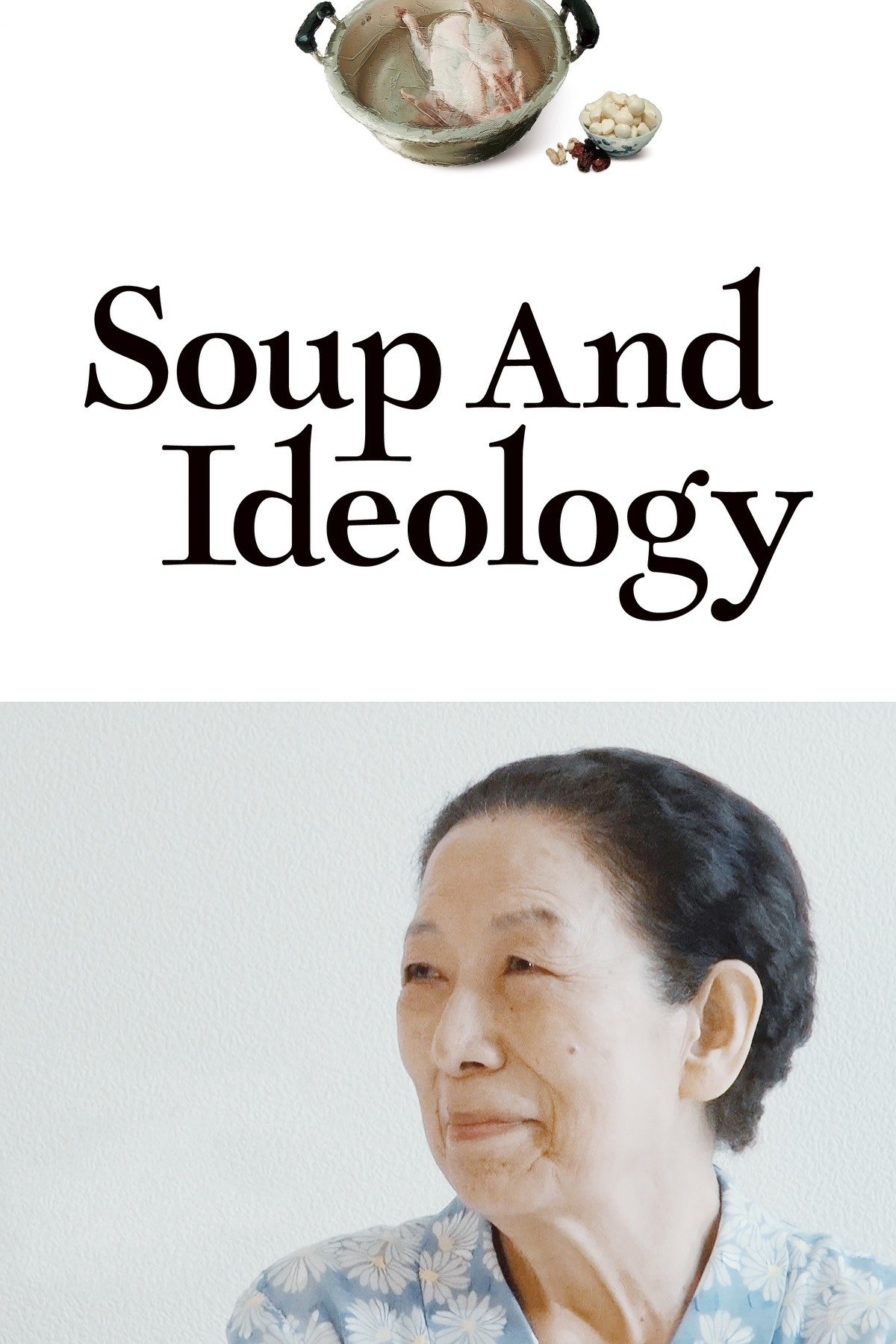
Soup and Ideology
Released on: 2022-06-11
Documentary
Confronting half of her mother’s life—her mother who had survived the Jeju April 3 Incident—the dire...

Men in Pink
Released on: 1999-01-01
Documentary
The aftermath of the Rwandan genocide: A student theatre troupe tours Rwanda with a comedy about the...

May•JEJU•Day
Released on: 2021-09-08
Animation, Documentary
Immediately after liberation, an incident called 'Jeju Uprising' took place on Jeju Island, the Hawa...

Memories Showers Seas
Released on: 2025-05-02
Documentary
The late Kim Dong-il, a Jeju April 3 refugee in Japan, left behind over 2,000 crocheted items and pi...
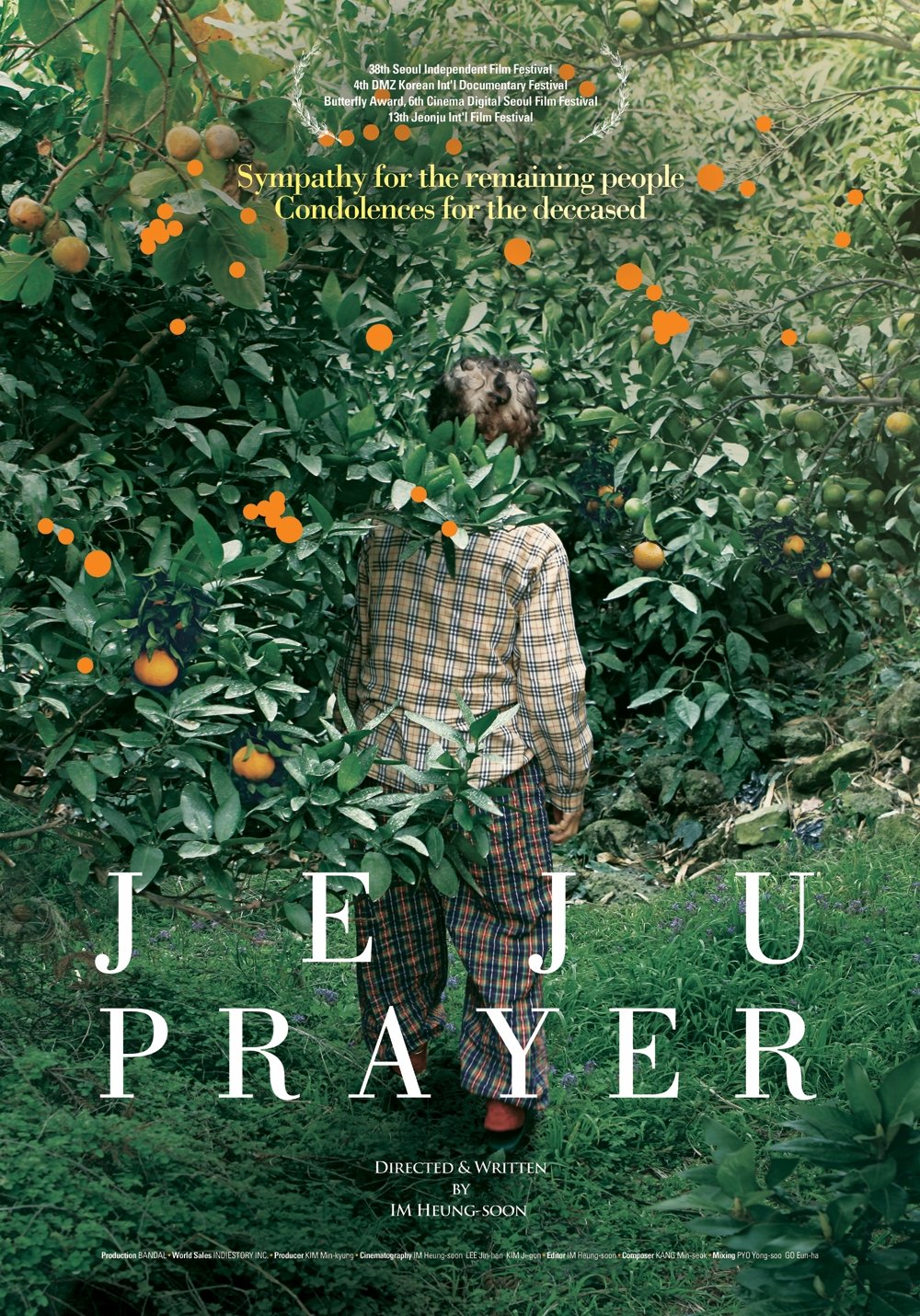
Jeju Prayer
Released on: 2013-04-03
Documentary
Focusing on Mrs. Kang Sang-hee’s life, she lost her husband in the Jeju Uprising (March 3rd, 1948). ...
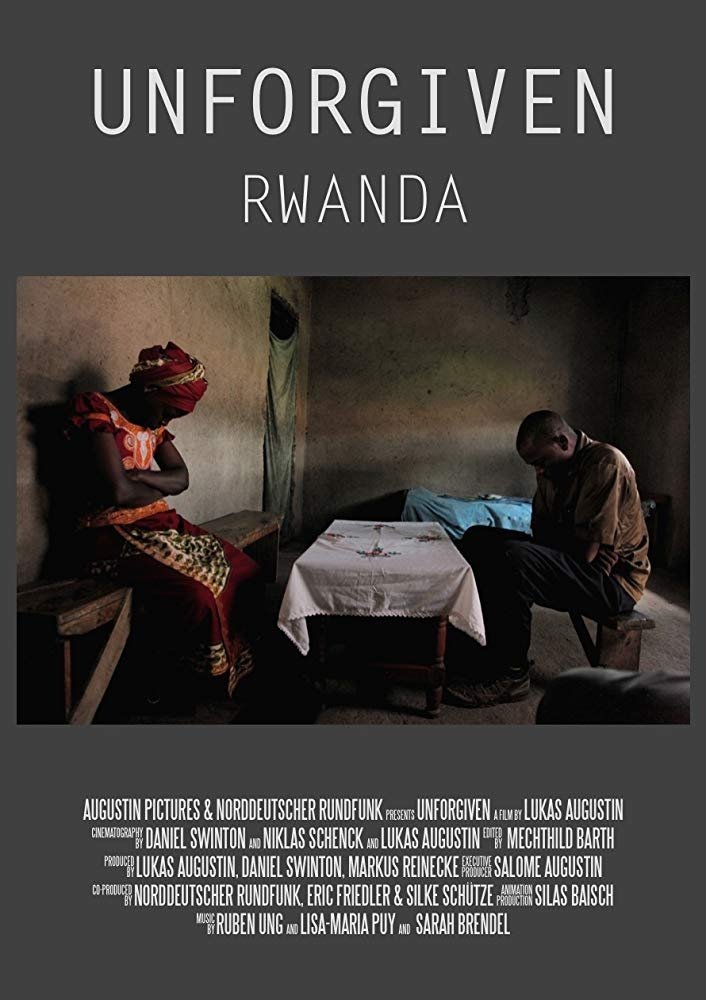
Unforgiven: Rwanda
Released on:
Documentary
What is a socially acceptable conversation when your family's killer sits down to dinner? 'Unforgive...
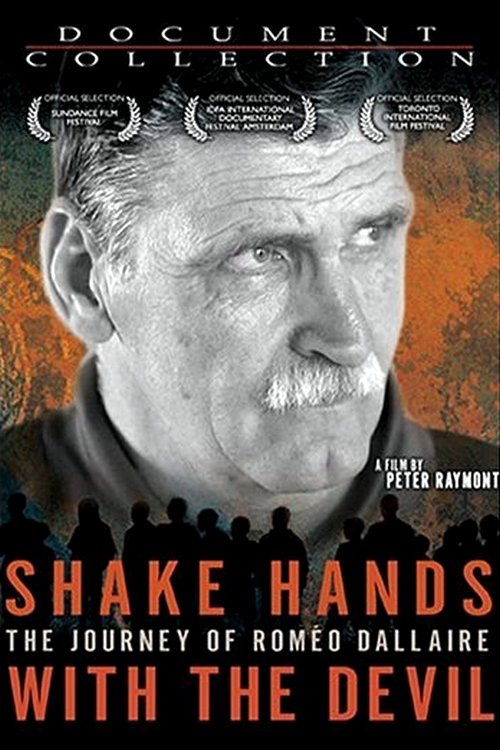
Shake Hands with the Devil: The Journey of Roméo Dallaire
Released on: 2005-05-13
Documentary
The story of Canadian Lt. Gen. Roméo Dallaire and his controversial command of the United Nations mi...

Coexist
Released on:
Documentary, History, War
Coexist tells the emotional stories of women who survived the Rwandan genocide in 1994. They continu...
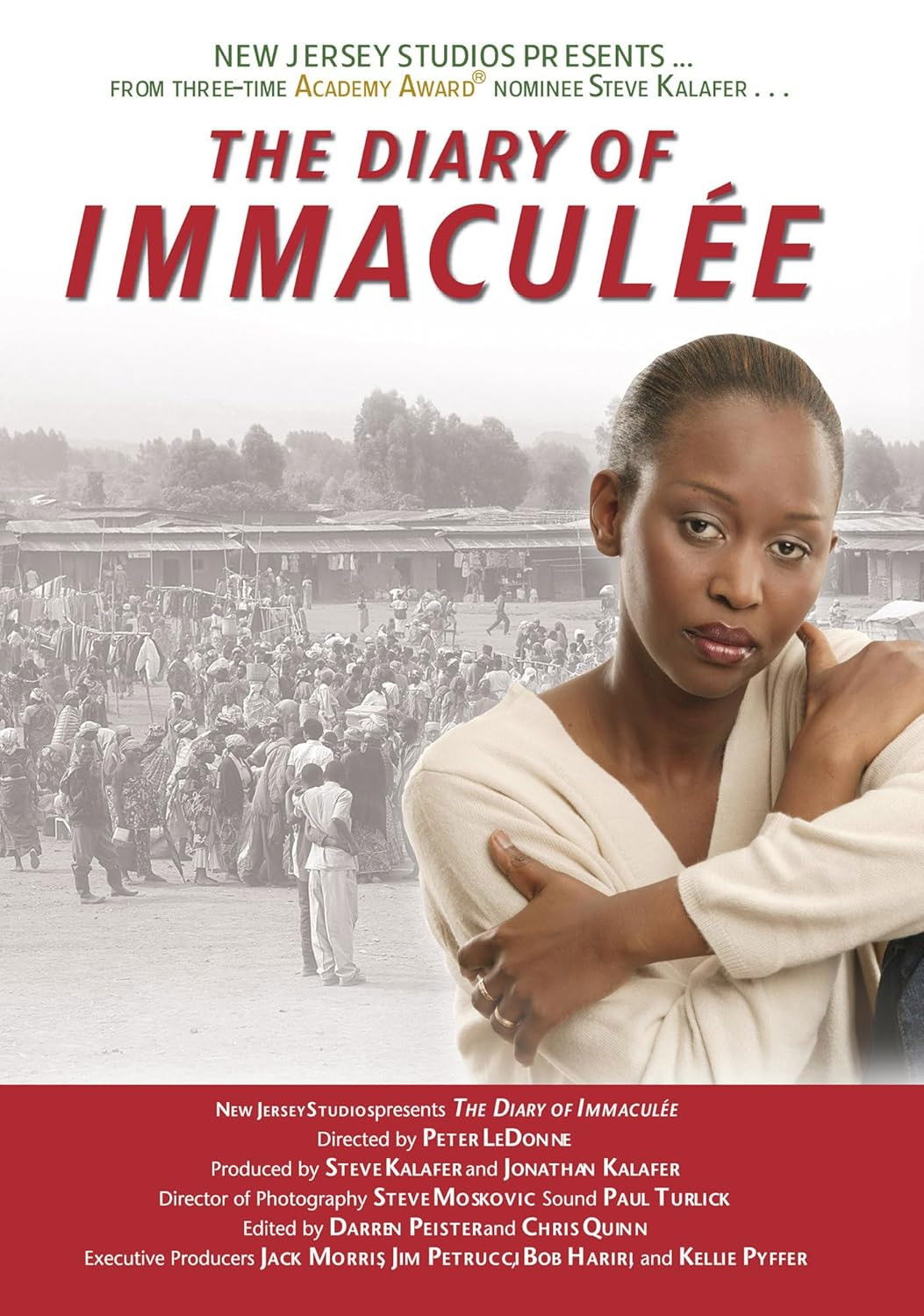
The Diary of Immaculée
Released on: 2006-06-01
Documentary
In this moving documentary, Oscar-nominated filmmakers Peter LeDonne and Steve Kalafer chronicle the...
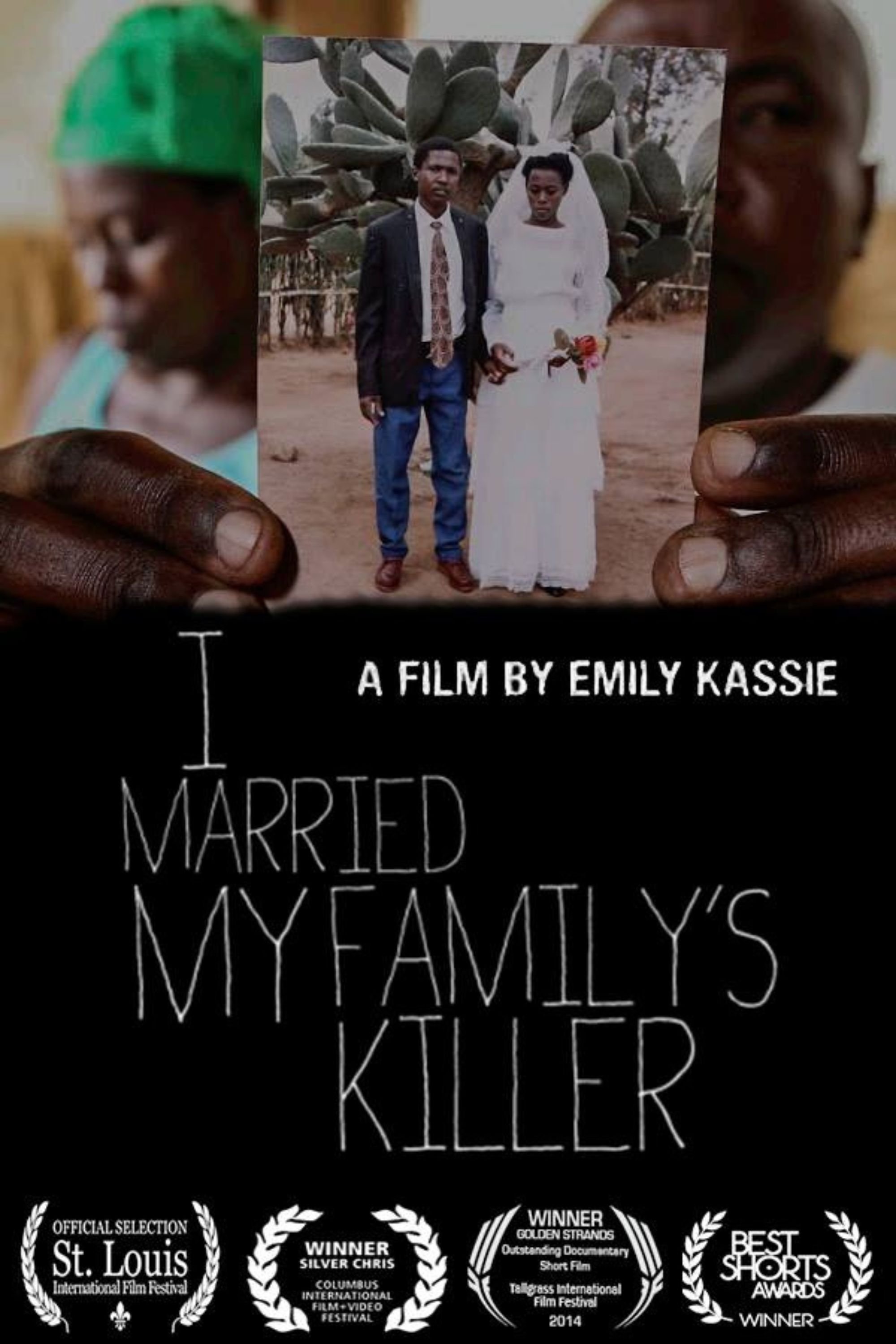
I Married My Family's Killer
Released on: 2014-11-17
Documentary
Childhood sweethearts Beatrice and Purudenci plan to wed until Beatrice becomes hunted by Purudenci'...
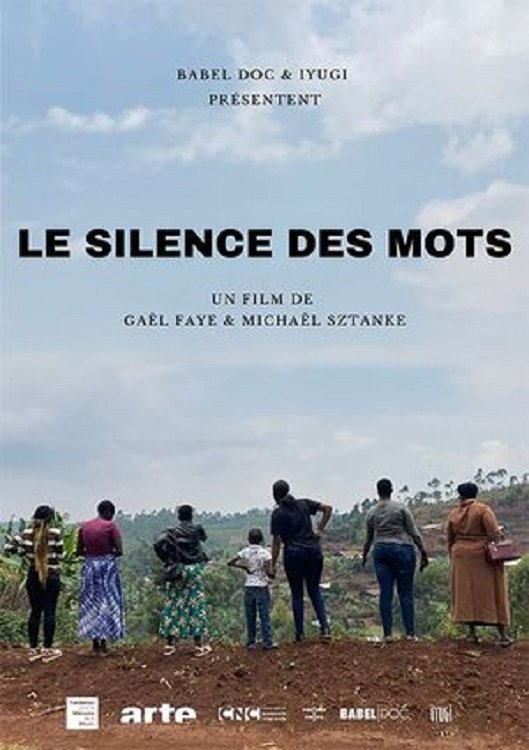
Rwanda : the silence of words
Released on: 2022-04-23
Documentary
Their words had never been heard before. Co-directed by French-Rwandan musician and author Gaël Faye...
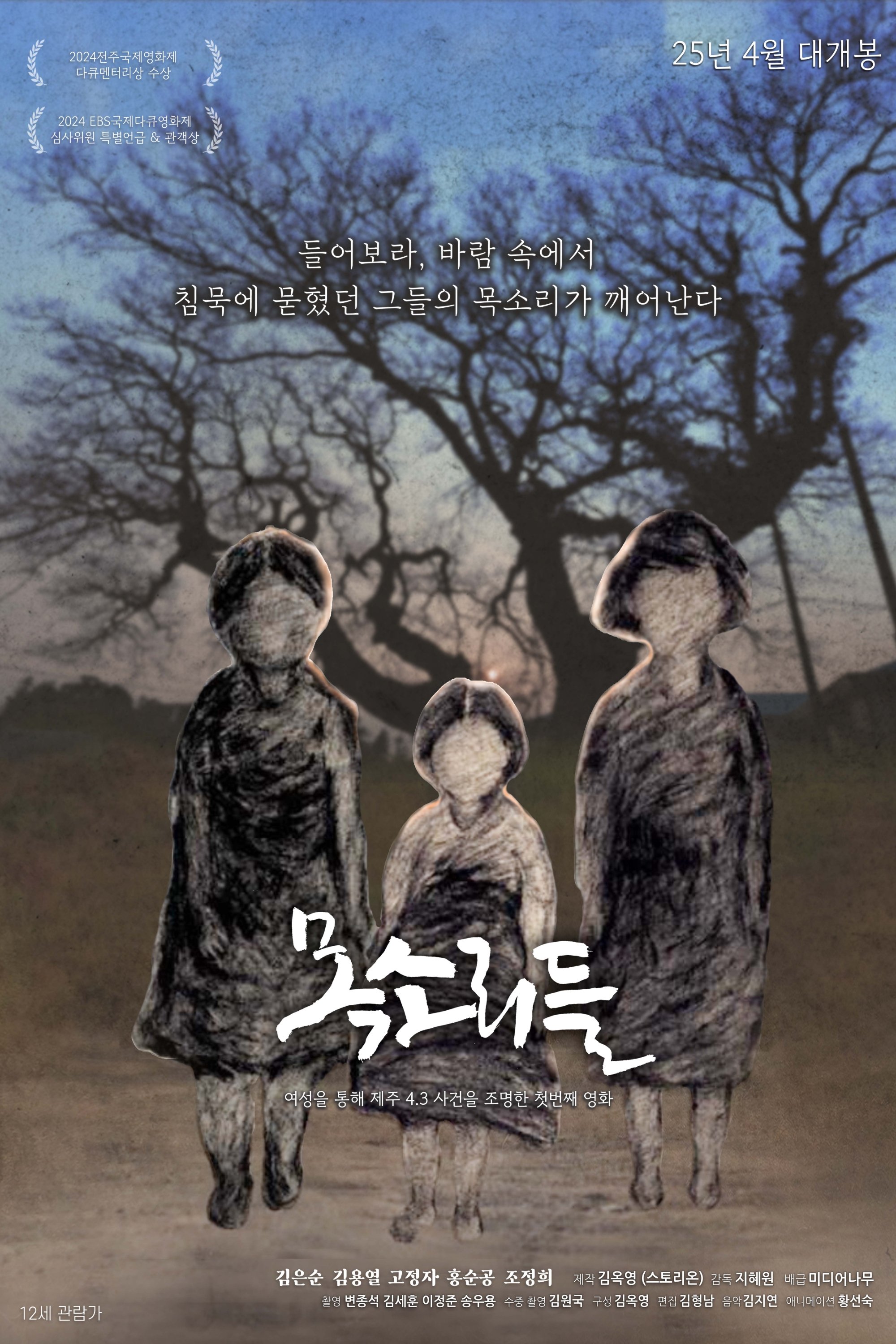
Voices
Released on: 2025-04-02
Documentary
In the turmoil of the Jeju 4.3 incident, Jeju Island witnessed the loss of an estimated 25,000 to 30...
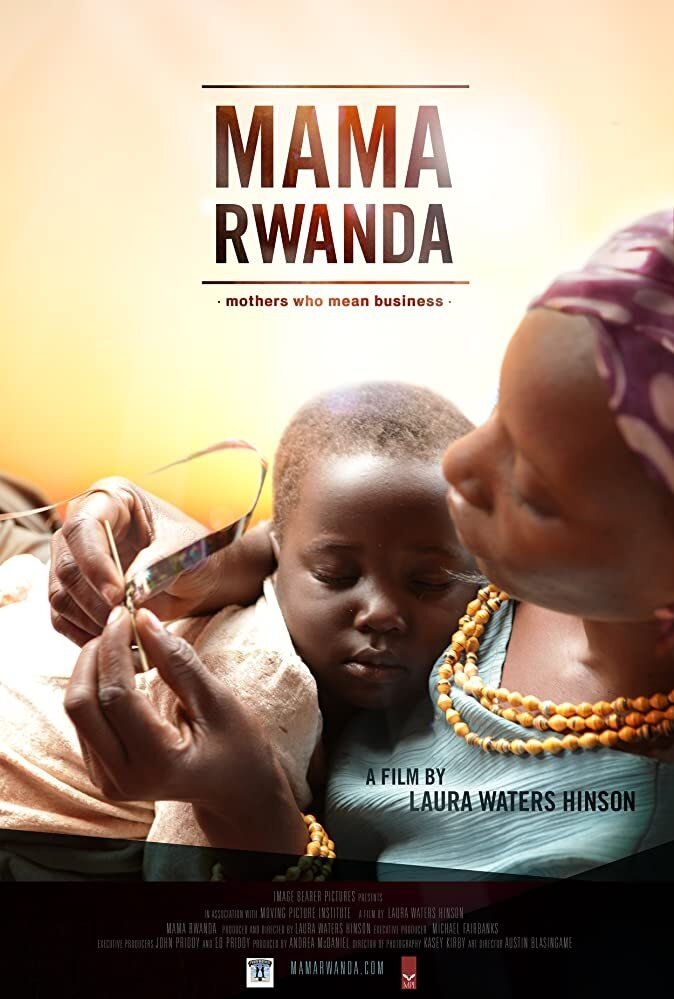
Mama Rwanda
Released on: 2016-01-01
Documentary
MAMA RWANDA is the story of two women mixing the wit of motherhood with the spirit of entrepreneursh...
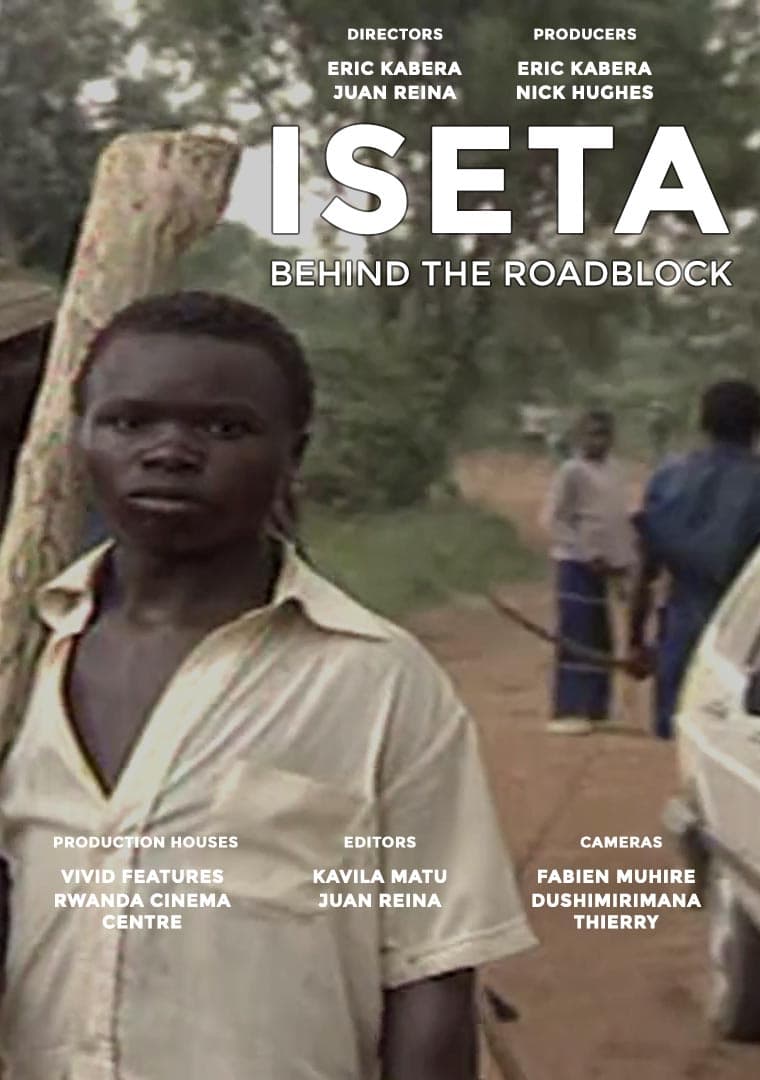
Iseta / The Story Behind The Road Block
Released on:
Documentary
During April 1994, on quiet road in Kigali a group of neighbors in Rwanda were filmed. This was the...
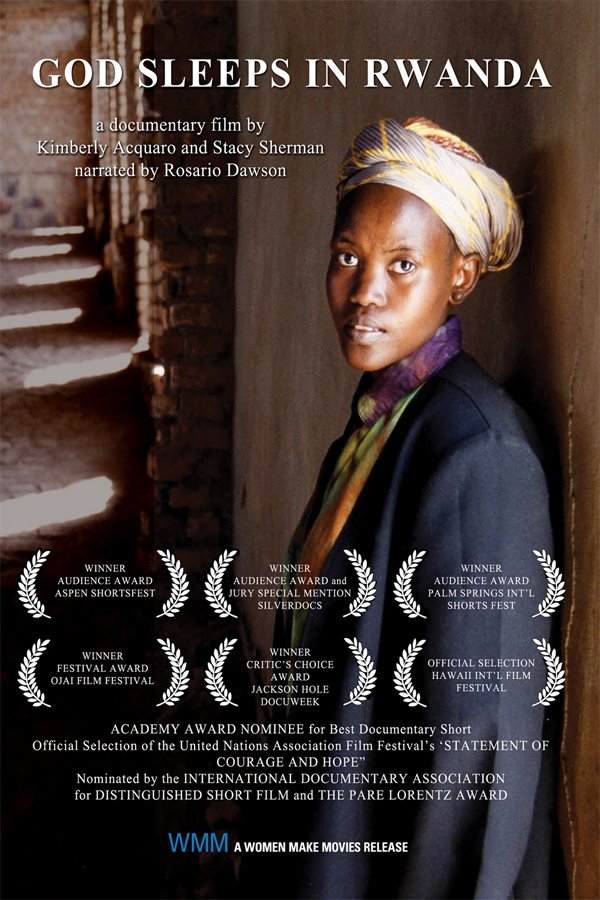
God Sleeps in Rwanda
Released on: 2005-08-15
Documentary
A powerful documentary about five women whose lives have been irrevocably altered by the Rwandan gen...

Inkotanyi
Released on: 2017-01-27
Documentary
For the first time, light is shed on the Inkotanyi politico-military movement that ended the genocid...
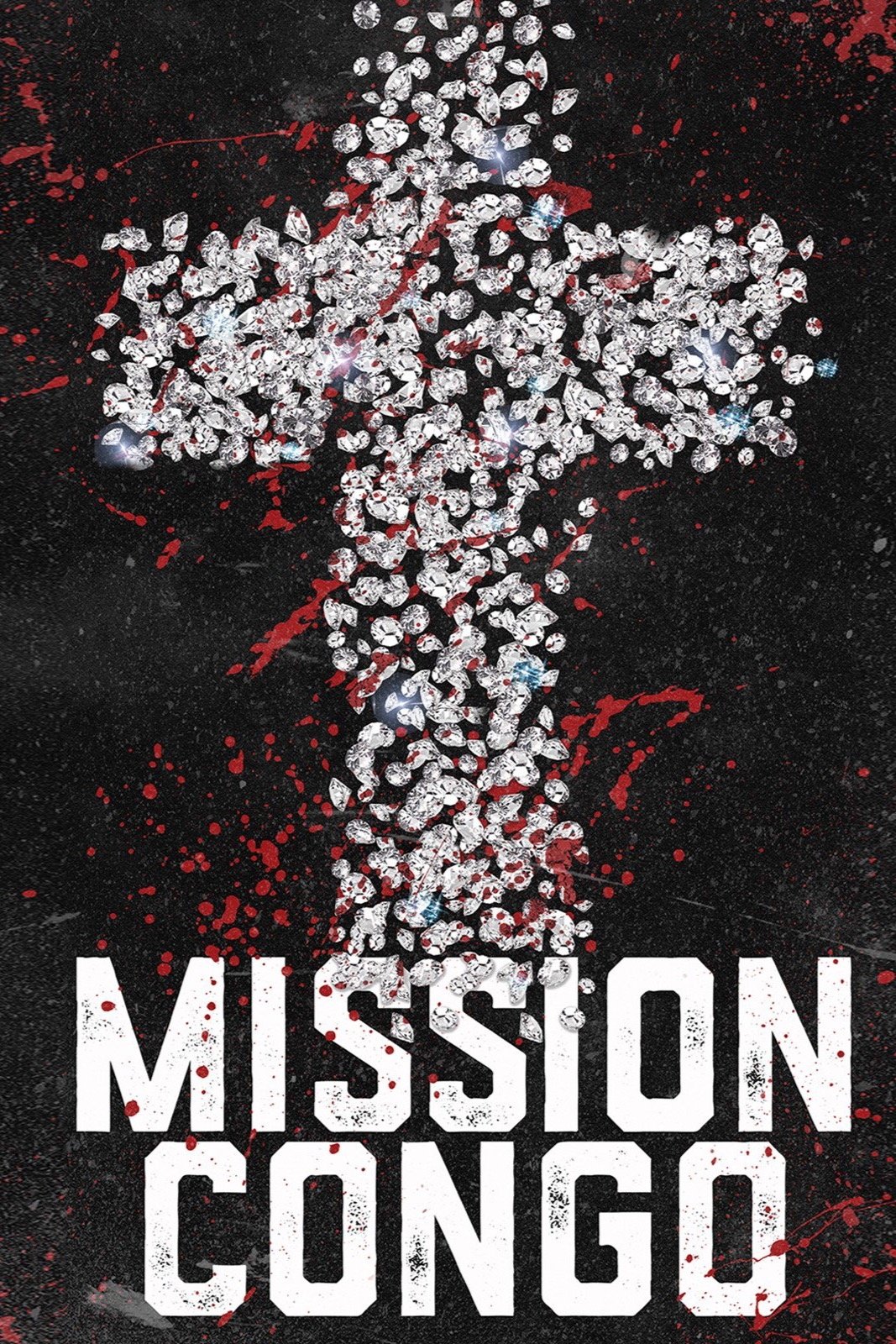
Mission Congo
Released on: 2013-09-09
Documentary
A documentary that examines whether a charity organized by Pat Robertson to aid Rwandan genocide ref...